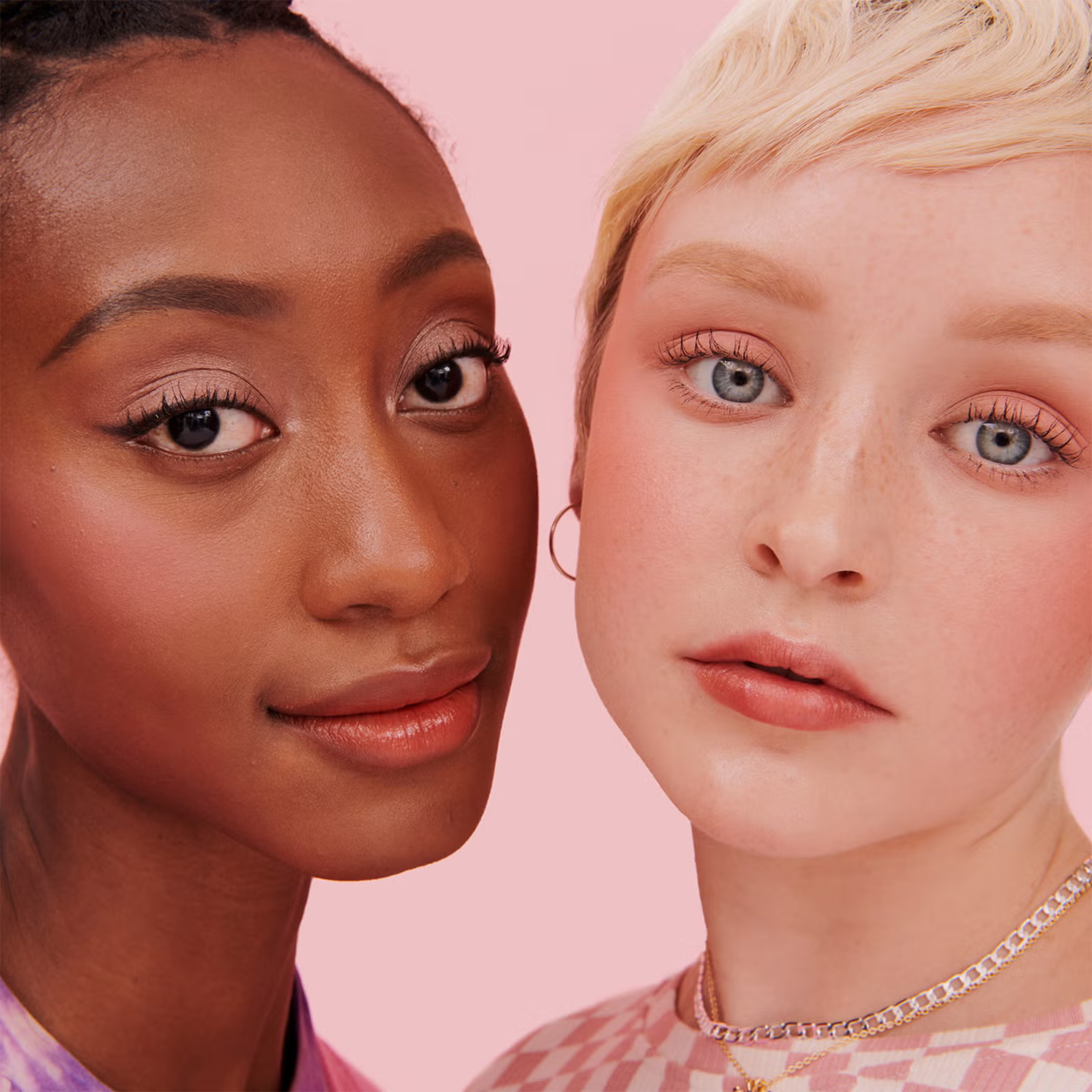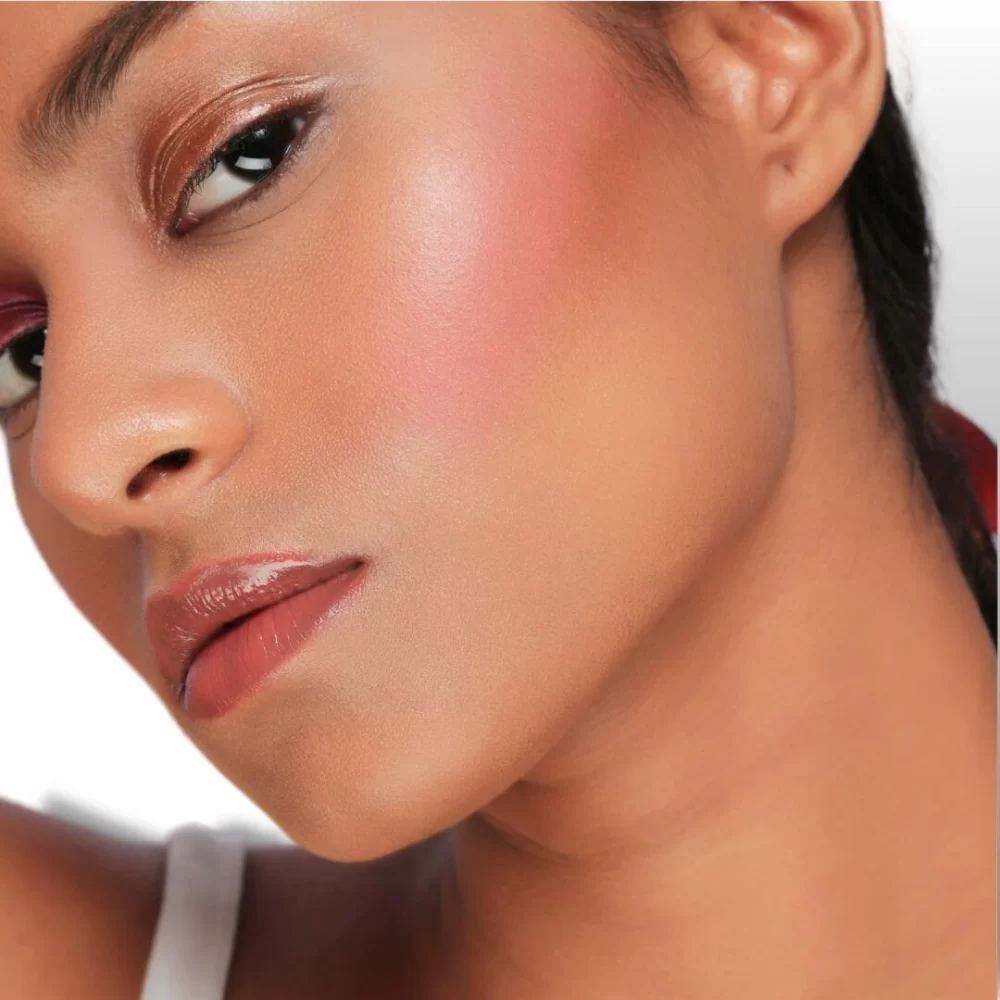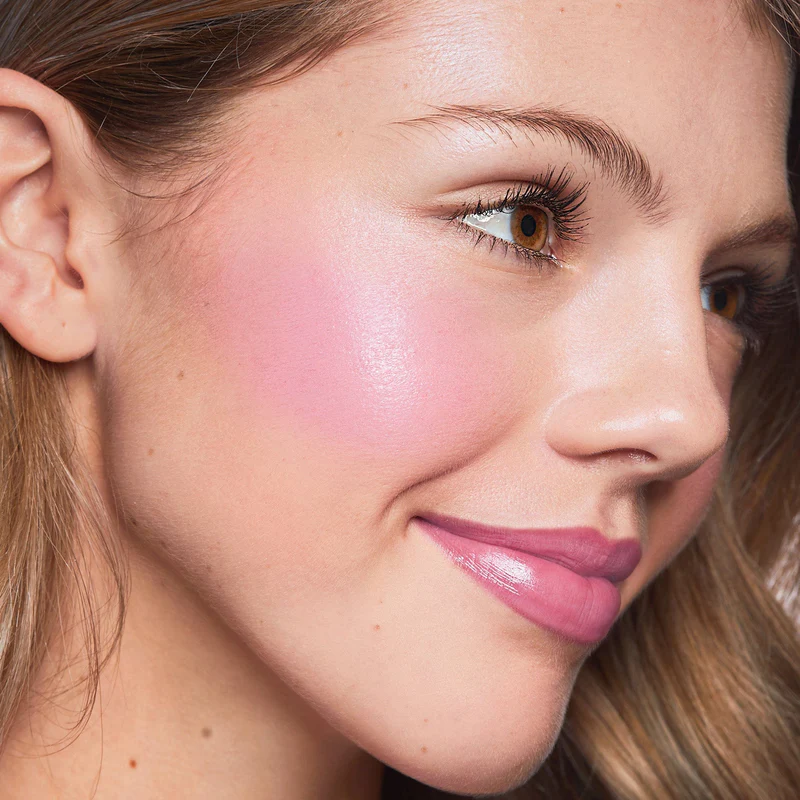The Allure of Pink Cheeks
Contents
- 1 The Allure of Pink Cheeks
- 2 A Brief History of Blush
- 3 The Science Behind the Perfect Pink
- 4 Application Techniques for a Flawless Finish
- 5 Choosing the Right Pink for Your Skin Tone
- 6 Pink Blush for Every Season
- 7 Blush Formulations: Powder vs. Cream
- 8 Multitasking with Pink Blush
- 9 Caring for Your Pink Blush
- 10 The Future of Pink Blush
Pink blush has become a makeup staple for countless beauty enthusiasts. This versatile product adds a youthful glow and healthy flush to the cheeks. Moreover, it enhances natural beauty and complements various skin tones. The right shade of pink blush can brighten the face and create a fresh, radiant appearance. Additionally, it helps contour and define facial features. Many makeup artists consider pink blush an essential tool for creating a polished look. Furthermore, it works well with different makeup styles, from natural to glamorous. The popularity of pink blush continues to grow as more people discover its transformative power. Consequently, cosmetic companies offer an ever-expanding range of pink blush options. From powder to cream formulations, there’s a perfect pink blush for everyone. This beloved product has truly revolutionized the way people approach their makeup routines.
A Brief History of Blush
Blush has a long and fascinating history in the world of cosmetics. Ancient Egyptians used red ochre to add color to their cheeks. In Ancient Greece and Rome, crushed mulberries served as a natural blush. During the Middle Ages, pinching cheeks became a common practice to achieve a rosy glow. The Renaissance saw the return of rouge made from various ingredients. By the 18th century, both men and women in European courts wore bright red blush. However, the Victorian era brought a shift towards more subtle, natural-looking makeup. The 20th century witnessed the rise of commercial blush products. Powder blushes gained popularity in the 1920s and 1930s. Later, cream blushes emerged as a convenient alternative. The 1980s introduced bold, bright blush colors and dramatic application techniques. Today, pink blush remains a beloved staple in makeup bags worldwide.

The Science Behind the Perfect Pink
Creating the ideal pink blush involves careful consideration of color theory and skin chemistry. Cosmetic chemists work tirelessly to develop formulas that complement various skin tones. They must balance pigments to achieve the desired shade and intensity. Additionally, the texture of the blush plays a crucial role in its performance. Powder blushes require finely milled particles for smooth application. Cream blushes need the right blend of oils and waxes for easy blending. Furthermore, chemists must ensure the product adheres well to the skin. Long-wearing formulas incorporate special polymers to enhance durability. Hypoallergenic options cater to those with sensitive skin. Some pink blushes even include skincare ingredients for added benefits. The science of color matching helps consumers find their perfect shade. Undertones in both the blush and the wearer’s skin affect the final look. Consequently, many brands offer a wide range of pink hues to suit different complexions.
Application Techniques for a Flawless Finish
Applying pink blush correctly can make a significant difference in the overall makeup look. First, start with a well-moisturized and primed face. This creates a smooth canvas for the blush. Next, choose the right tools for application. A fluffy brush works well for powder blush, while fingers or a stippling brush suit cream formulas. Then, smile to locate the apples of the cheeks. Apply the blush to this area and blend outward towards the temples. Use light, circular motions to ensure even distribution. For a natural look, build the color gradually. Start with a small amount and add more if needed. To avoid harsh lines, blend the edges of the blush thoroughly. For a more sculpted appearance, apply the blush slightly higher on the cheekbones. Experiment with different placement to find the most flattering look. Finally, set powder blush with a light dusting of translucent powder for longevity.

Choosing the Right Pink for Your Skin Tone
Selecting the perfect pink blush shade depends largely on individual skin tone. Fair skin typically looks best with light, cool-toned pinks. These shades create a natural-looking flush without overwhelming pale complexions. Medium skin tones can experiment with a wider range of pinks. Warm, peachy pinks often complement this skin tone beautifully. Olive skin benefits from rich, warm pinks with hints of coral or terracotta. These shades enhance the natural warmth of olive undertones. Dark skin tones shine with bold, vibrant pinks. Deep fuchsia or bright berry shades create a stunning contrast. Additionally, consider the undertones of both the skin and the blush. Cool undertones pair well with blue-based pinks. Warm undertones look lovely with yellow-based or peachy pinks. Neutral undertones can usually wear most pink shades successfully. When in doubt, test the blush on the cheek area in natural lighting. This helps determine if the shade truly flatters the skin tone.
Pink Blush for Every Season
Pink blush adapts beautifully to changing seasons, offering versatility year-round. In spring, light and airy pink shades reflect the fresh, blooming atmosphere. Soft petal pinks and delicate rose hues complement the season’s pastel color palette. Summer calls for brighter, more vibrant pinks. Coral-toned blushes mimic the natural flush from sun-kissed skin. Fall welcomes deeper, richer pink shades. Berry-toned blushes pair well with autumnal colors and create a cozy, warm glow. Winter embraces cool-toned pinks that brighten up complexions during darker months. Icy pink shades add a touch of freshness to winter makeup looks. Additionally, consider adjusting the application technique for each season. Sheer, dewy finishes work well in spring and summer. Fall and winter benefit from more saturated color and matte finishes. Layering different pink shades can also create unique seasonal looks. Experiment with mixing cool and warm pinks for a multi-dimensional effect.
Blush Formulations: Powder vs. Cream
The choice between powder and cream pink blush depends on personal preference and skin type. Powder blushes offer long-lasting color and work well for oily skin. They provide a matte finish and blend easily over powder foundation. Additionally, powder formulas allow for buildable coverage. However, they may accentuate dry patches on the skin. Cream blushes, on the other hand, create a dewy, natural-looking flush. They blend seamlessly into the skin and work particularly well for dry or mature complexions. Cream formulas often contain hydrating ingredients that benefit the skin. However, they may not last as long as powder blushes on oily skin types. Some makeup enthusiasts prefer to layer both types for maximum staying power. Apply cream blush first, then set it with a light dusting of powder blush. This technique combines the best of both worlds. Ultimately, experimenting with different formulations helps determine the best option for individual needs.

Multitasking with Pink Blush
Pink blush proves its versatility by serving multiple purposes in a makeup routine. Beyond adding color to the cheeks, it can enhance other facial features. Lightly dusting pink blush on the eyelids creates a soft, monochromatic look. This technique ties the entire makeup look together seamlessly. Additionally, pink blush can double as a lip color. Apply it gently to the lips for a coordinated flush. Some makeup artists use pink blush to contour the nose subtly. A light application along the sides of the nose adds dimension without harsh lines. Pink blush can also brighten up the complexion when applied to the forehead and chin. This technique mimics a natural, sun-kissed glow. Furthermore, mixing pink blush with lip balm creates a custom tinted lip product. For a quick fix, use pink blush to color-correct under-eye circles. The pink tone helps neutralize blue-toned dark circles. These multitasking abilities make pink blush a true makeup bag essential.
Caring for Your Pink Blush
Proper care ensures that pink blush remains fresh and effective for longer. First, store blush products in a cool, dry place away from direct sunlight. Heat and humidity can alter the texture and color of the product. Clean brushes and applicators regularly to prevent bacteria buildup. This maintains the quality of the blush and protects skin health. For powder blushes, avoid introducing moisture into the compact. This can lead to hardening of the product surface. If this occurs, gently scrape off the top layer with a clean tool. Cream blushes benefit from being tightly sealed when not in use. This prevents them from drying out or becoming contaminated. Check the expiration date and discard old products to ensure safety. Most powder blushes last about two years, while cream formulas typically last 12-18 months. Pay attention to any changes in smell, texture, or color. These may indicate that the product has expired. Proper care extends the life of pink blush and maintains its performance.

The Future of Pink Blush
As makeup trends evolve, pink blush continues to adapt and innovate. New formulations emerge, combining skincare benefits with color payoff. Hybrid products blur the lines between blush, highlighter, and bronzer. Customizable pink blushes allow users to create their perfect shade. Additionally, sustainable packaging options gain popularity among environmentally conscious consumers. Vegan and cruelty-free formulas become increasingly available. Technological advancements lead to longer-lasting, more pigmented products. Augmented reality apps help customers find their ideal pink blush shade virtually. This technology revolutionizes the way people shop for makeup. Furthermore, inclusive shade ranges cater to a diverse array of skin tones. The future of pink blush looks bright, with endless possibilities for innovation. As makeup routines simplify, multitasking products like pink blush take center stage. The timeless appeal of a rosy glow ensures that pink blush will remain a makeup staple for years to come.
